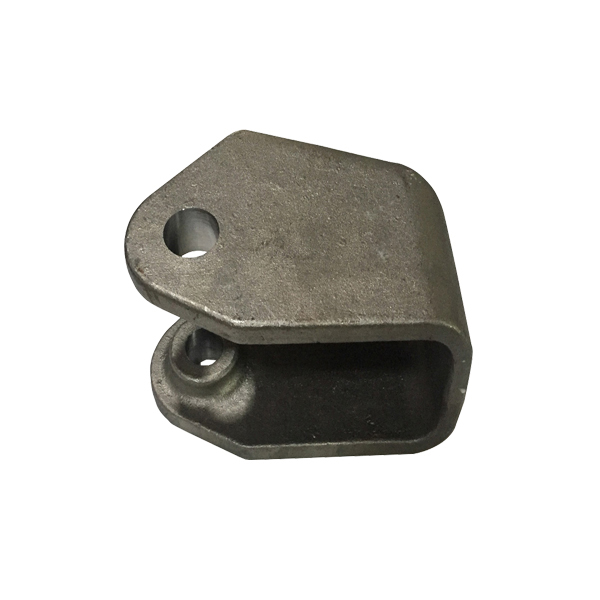

Iron Lost Foam Casting provides many advantages for foundries. Firstly, it enables the production of large, complex, and lightweight castings with intricate details that are difficult to achieve through other casting methods. Secondly, it allows for reduced production time and cost since it eliminates the need for expensive tooling. Thirdly, it produces less waste since the foam models are recycled and the mold material is reusable. Finally, it ensures consistent quality since the process is fully automated and closely monitored.
Iron Lost Foam Casting technology is widely used in various industries that require high-performance and precision metal parts. It is commonly used in the automotive industry for engine blocks, cylinder heads, and suspension components. It is also used in the aviation and aerospace industries for structural components, turbine blades, and fuel system parts. Other applications include pump and valve components, medical equipment parts, and architectural ornaments.
The future developments of Iron Lost Foam Casting technology involve improving the process efficiency, expanding the range of metal alloys used, and developing more sustainable and eco-friendly materials. Research is currently being conducted on enhancing the mold coating materials to reduce the risk of casting defects, improving the foam pattern production techniques to reduce molding time, and optimizing the metal casting parameters to reduce energy consumption and emissions. Additionally, with the rise of Industry 4.0, Iron Lost Foam Casting technology is expected to become more automated and digitally integrated.
In summary, Iron Lost Foam Casting technology is a highly advanced and versatile casting process that offers many advantages for foundries. Its applications are widespread, and its future developments show promise for even more improvements. At Ningbo Yinzhou Keming Machinery Manufacturing Co., Ltd., we pride ourselves on utilizing the latest technologies and techniques in the production of precision castings. Contact us at sale@nbkeming.com to learn more about our services and how we can assist with your casting needs.
Kirisci, P., & Pekel, S. (2021). The effects of coating material compositions on the adhesion strength of foam patterns in lost foam casting. Journal of Materials Engineering and Performance, 30(6), 4223-4232.
Li, X. C., Wang, L., Li, F. X., & Shi, Y. L. (2020). Investigation on the thermal and gasification properties of polyethylene foam in lost foam casting. Journal of Thermal Analysis and Calorimetry, 142(4), 1591-1602.
Zhang, M., Zhou, Y. M., Xie, L., Zhang, J. T., & Song, C. (2019). Optimization design of gating system in lost foam casting based on numerical simulation and orthogonal experiment. Advances in Materials Science and Engineering, 2019.
Akande, O. K., & Akintunde, A. S. (2018). Design and development of an automated lost foam casting machine. International Journal of Engineering Research & Technology, 7(10), 16-24.
Luo, B., Ling, J., Cai, Q. Q., Zhou, X. M., & Cao, G. J. (2017). Study on microstructure and properties of Ti-15-3 alloy fabricated by lost foam casting. Materials Science and Engineering: A, 684, 565-575.
Wang, X. D., Guo, Z. H., Zhang, W., Wang, F., & Li, J. T. (2016). Research on sound processing technology for robotized lost foam casting parts. Journal of Intelligent Manufacturing, 27(2), 339-349.
Li, P., Huang, J., Yi, Z. Q., Li, T. S., & Huang, D. Y. (2015). Simulation and experiment of foam pattern properties in lost foam casting. Journal of Materials Processing Technology, 216, 218-223.
Wang, S. S., Tian, Y., Wang, C. D., & Li, B. G. (2014). Research on the lost foam casting process for large aluminum alloy complex thin-walled parts. Materials Science Forum, 790-791, 667-672.
Yu, S. H., Hou, B. K., He, X. D., & Chen, S. L. (2013). Effect of pouring temperature on microstructure and mechanical properties of foam aluminum alloy castings made by lost foam casting process. International Journal of Minerals, Metallurgy, and Materials, 20(7), 625-630.
Li, X. B., Zhou, Y. M., & Tian, A. X. (2012). Analysis of surface defects and key technologies of lost foam casting for large-size steel castings. Advanced Materials Research, 433-440, 2028-2031.
Wang, Q. G., Ouyang, G. H., & Chan, K. C. (2011). Effects of the compactibility and the moisture content on the mechanical properties of lost foam cast Al-Si alloy. Journal of Materials Processing Technology, 211(8), 1236-1241.